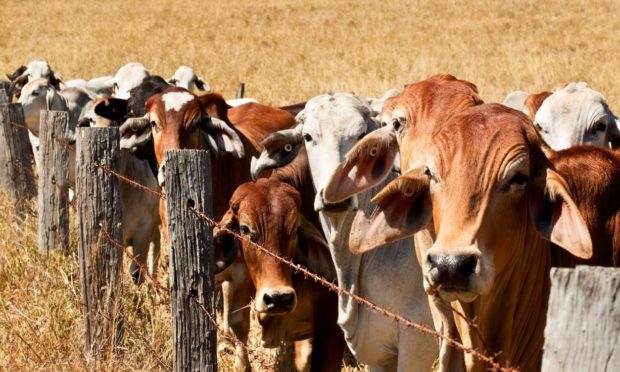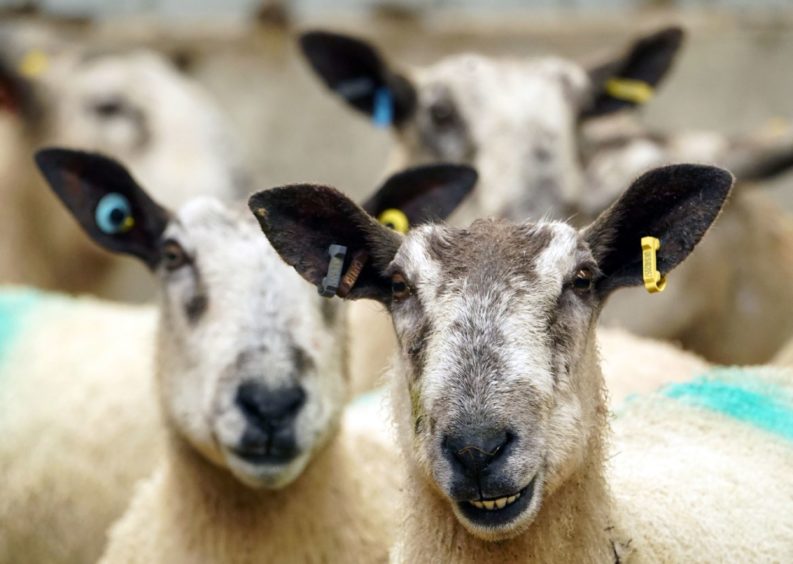I feel a bit reluctant to talk about the Australia trade deal in this column as it has had so much coverage, but let’s face it, it’s the topic of the month – June 2021 will be remembered for this.
Some people have the opinion that we need a deal, that this is all part of opening up our trading with the world, and why be scared of new opportunities?
I have never been one to shy away from change but this whole affair has some sinister aspects to it that cause me to feel very uncomfortable. So what’s wrong?
If Australian farmers can produce meat cheaper than we can because of the scale of their operations and the climate, trading with them seems to make sense from the “cheap food gets votes” aspect.
But food production isn’t just about food, and perhaps their meat isn’t cheap just because of the sunshine and vast grasslands.
Standards
We had a free trade deal with an economic community that is the largest alliance of trading countries in the world (Europe). To be part of that community we had to adhere to specified criteria, naturally.
In food production we have standards of animal welfare, control of the use of certain pharmaceuticals, standards of employment practice and so on. In fact we liked the criteria so much that we excelled in them.
There is still room for improvement, but we now produce our food to standards that are truly world-leading.
We banned feeding growth hormones to beef, but Australia still uses them.
We banned keeping chickens in barren battery cages and sows in cramped stalls – Australia still uses these.
Branding cattle with red-hot irons and the cutting of healthy flesh away from the hind-quarters of lambs are illegal here – not so in Australia where they are still widely practiced.
We have CCTV coverage in slaughterhouses to monitor welfare standards, not so Australia, and we are working on improving animal transport conditions (you will mind that there was a consultation on this recently).
In Australia cattle and sheep are trucked for very long distances and the animals are in the back of lorries for up to 48 hours with no food or water… and remember the sunshine?
Lack of consultation
And it is not just about standards, but also about the ‘United Kingdom’ – the way this deal is being brokered with no consultation of the devolved nations.
UK Government says food with lower standards will not be allowed into the country, even if cheaper, but why then did it oppose an amendment to the Internal Market bill that would have enshrined the protection of standards in law? Why was UK Government so keen to get this legislation through?
Finally, the lure of other countries and trading alliances is strong – to a government that has severed its free-trade agreement with the world’s largest trading community.
But of course if Australia is granted a free, no limitations trade deal with the UK, then any other countries or alliances we want to trade with will expect the same deal.
We produce very high quality meat in Scotland and crofting is known as “the backbone of the store trade”.
Crofting is good for food, and also has very impressive environmental and climate-change mitigation credentials. And crofting is about the people – crofting has maintained communities in remote rural places.
Food production is about much more than food and this deal is about much more than simply cheap meat.
- Patrick Krause is chief executive of the Scottish Crofting Federation.











